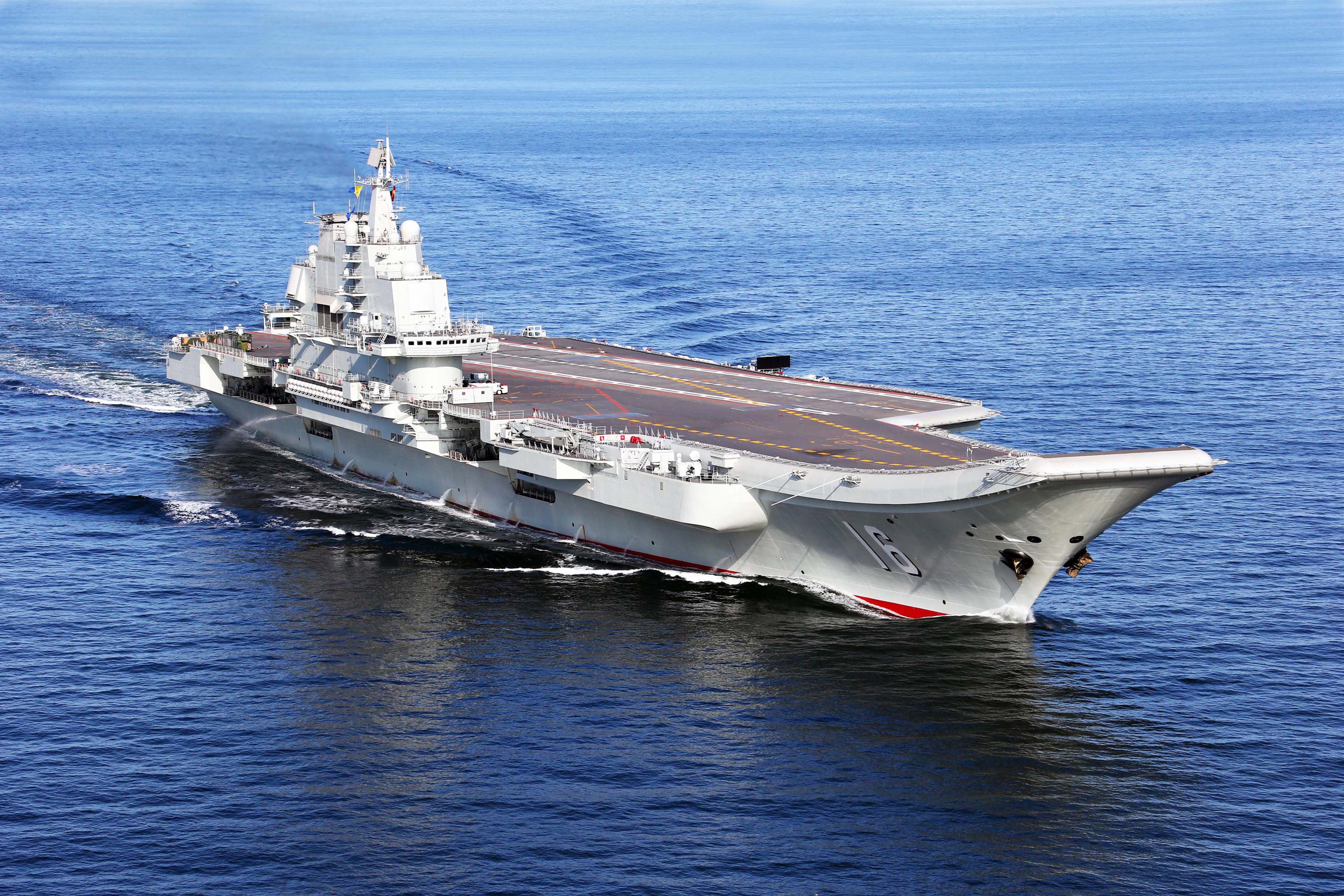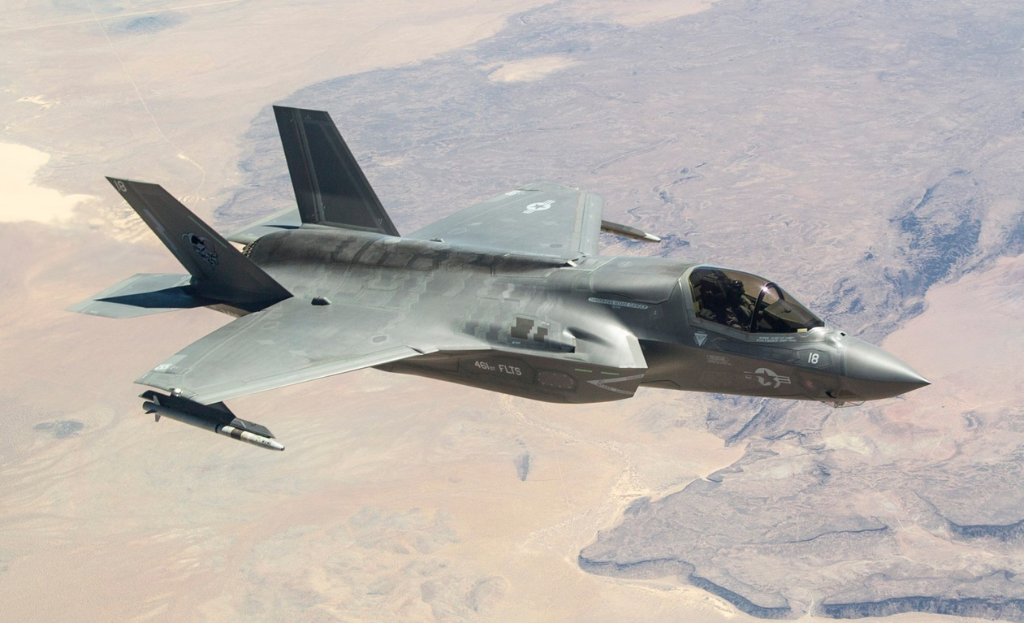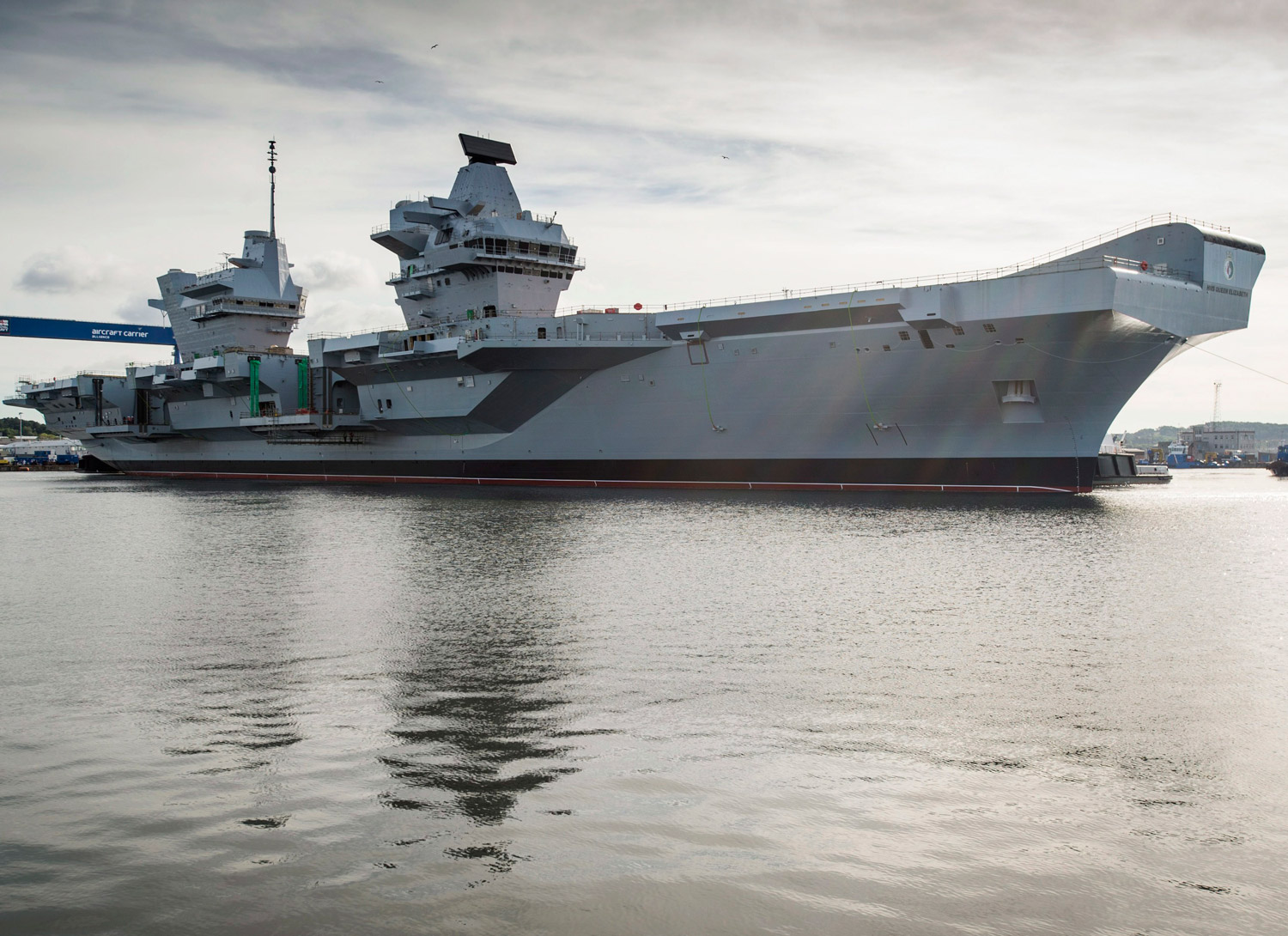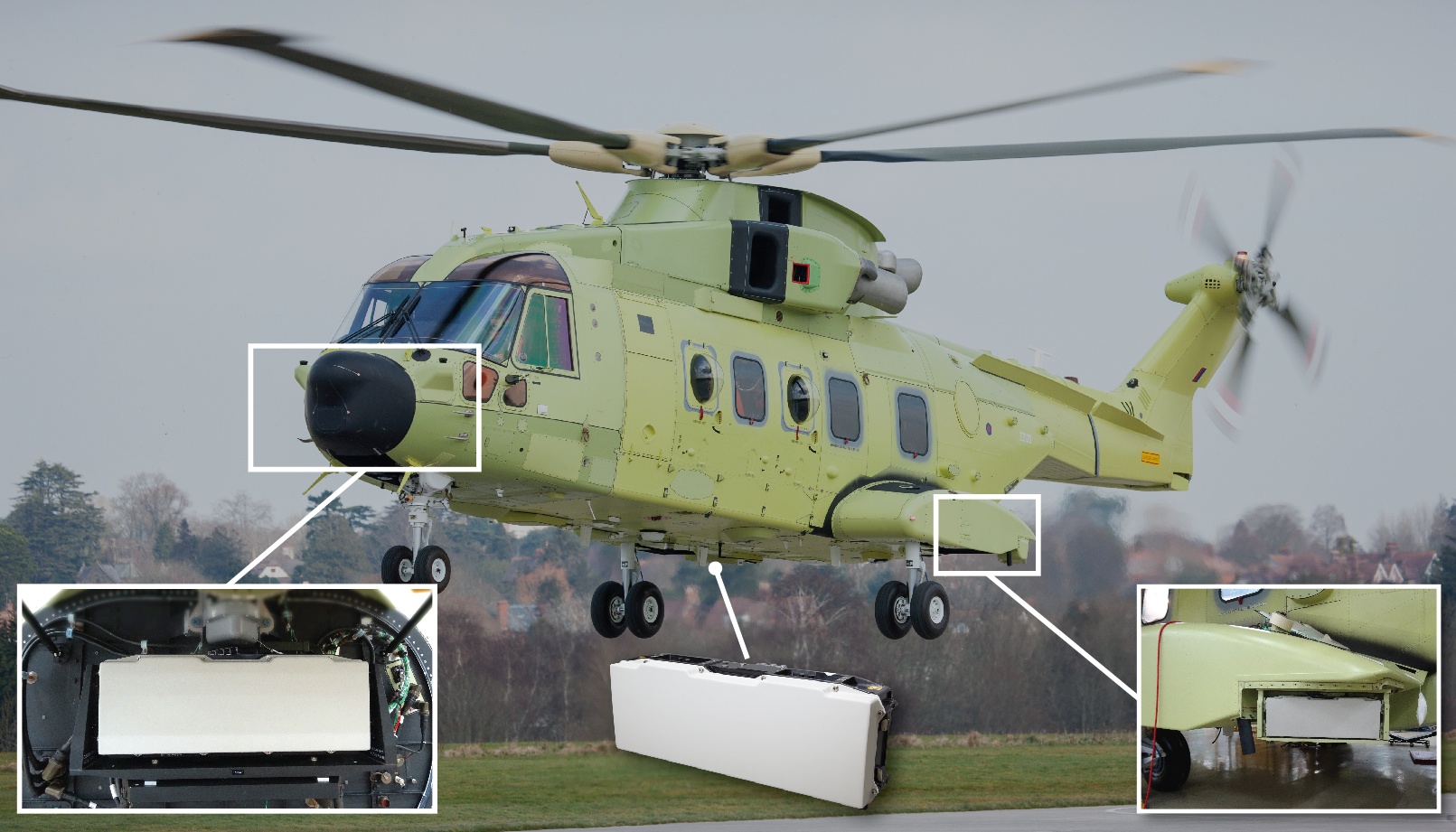Sourced : Popular Science By Jeffrey Lin and P.W. Singer Last month China reported that its aircraft carrier Liaoning was ready to start operational service. The country’s navy provided proof on Christmas Day, sending out its first carrier battle group (CVBG) through the Miyako Straits, around Taiwan, and into the South China Sea, launching and… Continue reading CHINA’S NEW AIRCRAFT CARRIER HINTS AT THE FUTURE OF ITS NAVY
Category: Defence Industry
WHITEHALL INVESTS £30m IN LASER WEAPON TO PROTECT SHIPS FROM ATTACK BY AIR AND SEA
Industry has been given two years to design, build and then test a laser directed energy weapon at sea and on land. The weapon is intended to down – or disrupt – drones or missiles , fast attack boats and even incoming mortar rounds courtesy of a high-power, concentrated laser beam. The US Navy already… Continue reading WHITEHALL INVESTS £30m IN LASER WEAPON TO PROTECT SHIPS FROM ATTACK BY AIR AND SEA
PAKISTAN SUCCESSFULLY TESTED A BABUR-3 SUBMARINE LAUNCHED CRUISE MISSILE (Video)
Sourced : Sputnik In a public statement, Pakistan’s Inter-Services Public Relations (ISPR) announced that on the 9th of January 2017, the country had successfully test-fired a nuclear-capable, 450-km range Babur-3 submarine-launched cruise missile (SLCM). It went on to add that the missile provides a credible second strike capability and augments deterrence. Pakistan has not specified… Continue reading PAKISTAN SUCCESSFULLY TESTED A BABUR-3 SUBMARINE LAUNCHED CRUISE MISSILE (Video)
CHINA EXPECTED TO HAVE THREE AIRCRAFT CARRIER GROUPS IN NEAR FUTURE
Sourced : Sputnik The Chinese military’s combat capability has significantly grown in the past decade. At present, China’s second aircraft carrier is under construction. According to military expert Liang Fang, the Chinese navy is expected to build its third aircraft carrier battle group in the near future and that would be capable of safeguarding territorial… Continue reading CHINA EXPECTED TO HAVE THREE AIRCRAFT CARRIER GROUPS IN NEAR FUTURE
TILL 2018 ISRAEL WILL HAVE TO DECIDE FOR A NEW PROCUREMENT BETWEEN F-15I AND F-35B
Sourced : Globes By Yuval Azulai The first two F-35 Adir Stealth warplanes delivered a month ago to the Israeli air force have already performed astonishingly in a few flights in Israeli skies. Their advanced systems are being studied by the pilots and technical crews ahead of the arrival of 38 more F-35s in the… Continue reading TILL 2018 ISRAEL WILL HAVE TO DECIDE FOR A NEW PROCUREMENT BETWEEN F-15I AND F-35B
FLEET OF 12 SSBN IN LINE FOR US PENTAGON APPROVAL
Sourced : Bloomberg By Anthony Capaccio The Pentagon’s top weapons buyer has approved advanced development for a fleet of 12 new nuclear-armed submarines, a potential $128 billion project that the Navy calls its top priority. Frank Kendall, the undersecretary for acquisition, signed the decision memo that officially moves the program forward late Wednesday. Shortly before… Continue reading FLEET OF 12 SSBN IN LINE FOR US PENTAGON APPROVAL
NEW BROADBAND COMMUNICATION SYSTEMS FROM INTRACOM DEFENSE ELECTRONICS
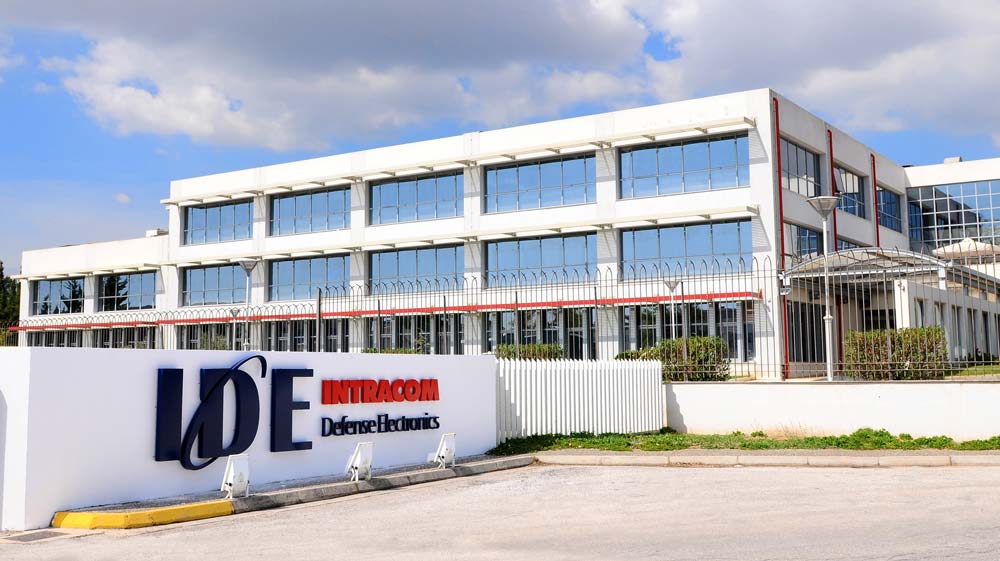
Following the success stories of WiSPR vehicular inter-communication system in international markets (Finland, Germany, Lithuania), IDE (INTRACOM Defense Electronics) has recently conducted successful field trials for a variety of applications, and for different international costumers, in the field of tactical wireless communications.
WiWAN is an innovative Software Defined Radio IP radio system aiming to fulfill the requirements emergent from operations in the digital battlefield that cannot be supported from existing VHF radios.
WiWAN radio family is comprised of WiWAN-CP and Spart@n, which are broadband, IP-based tactical radiosystems capable of establishing secure and broadband communications networks at different levels of command in the contemporary theater of operations.
Both radiosystems incorporate common, innovative technological features with the main difference being the frequency of operation and the resulting operational profile of each radiosystem.
The most important common features are:
- IP Networking in the tactical domain
IDE has developed WiWAN radio family, a tactical IP solution that integrates voice, data and video services into a unified network, reaping the benefits of the IP world and, at the same time, preserving reliability and high-performance traits of military communications.
- Software-Defined-Radio (SDR)
WiWAN radiosystems are designed following a software-defined radio architecture providing an increased level of reconfigurability by incorporating software (SW) control of the radiosystem’s parameters. Channel bandwidth, frame duration and security aspects, as well as, other characteristics of the embedded waveform are user configurable and controlled by a user friendly MMI.
- Broadband networking
WiWAN radiosystems, offering bit rates of several Megabits per second (Mbps), provide the hardware means to support network-centricity required in modern C4I systems. Broadband information flow between different levels of command is reinforced and can be delivered down to the lowest mobile echelons in order to enhance command and control operations.
- Security
WiWAN radio family, owing to IDE’s extensive experience in cryptography, incorporates multiple levels of security and a number of advanced features in order to provide both Transmission Security (TranSec) and Communications Security (ComSec).

WiWAN-CP follows the core design of the WiWAN radio family incorporating all the aforementioned advantages and key technological features but specific transformations tailor the radiosystem’s performance to the operational profile of Brigade-Battalion communications. In this context, the radiosystem is selected to operate in the 1350-1525 MHz frequency band providing bit rates of up to 12 Mbps. It is deployed in fixed topologies under line of sight propagation conditions. WiWAN-CP offers multiple interfaces for the interconnection of LAN’s, sensors, and other subsystems
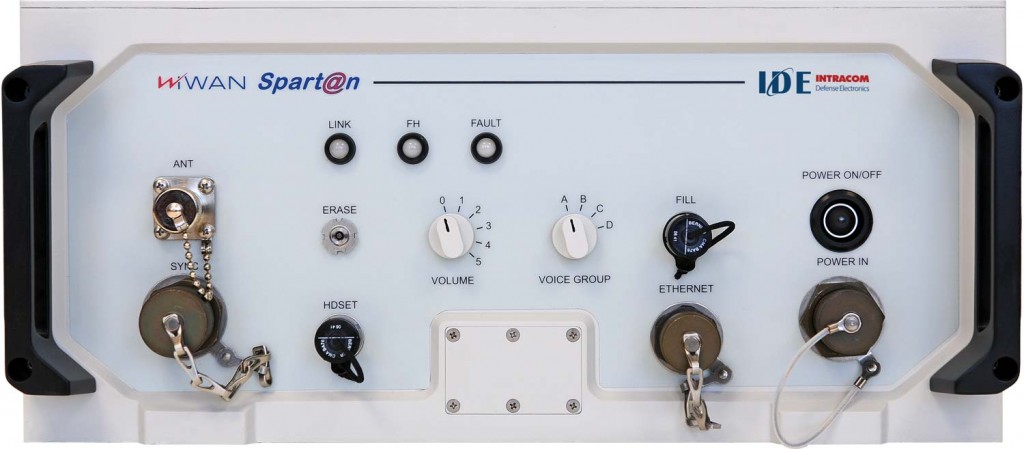
Spart@n, also, incorporates the advantages of the radio family already described and it is designed to operate in lower frequency, addressing the operational needs of the Battalion communications. The operating band is the 225-400 MHz and its differentiating characteristic is that it provides broadband communications on-the-move. With bit rates of up to 8 Mbps, Spart@n provides broadband and robust communications in a continuously changing network topology.
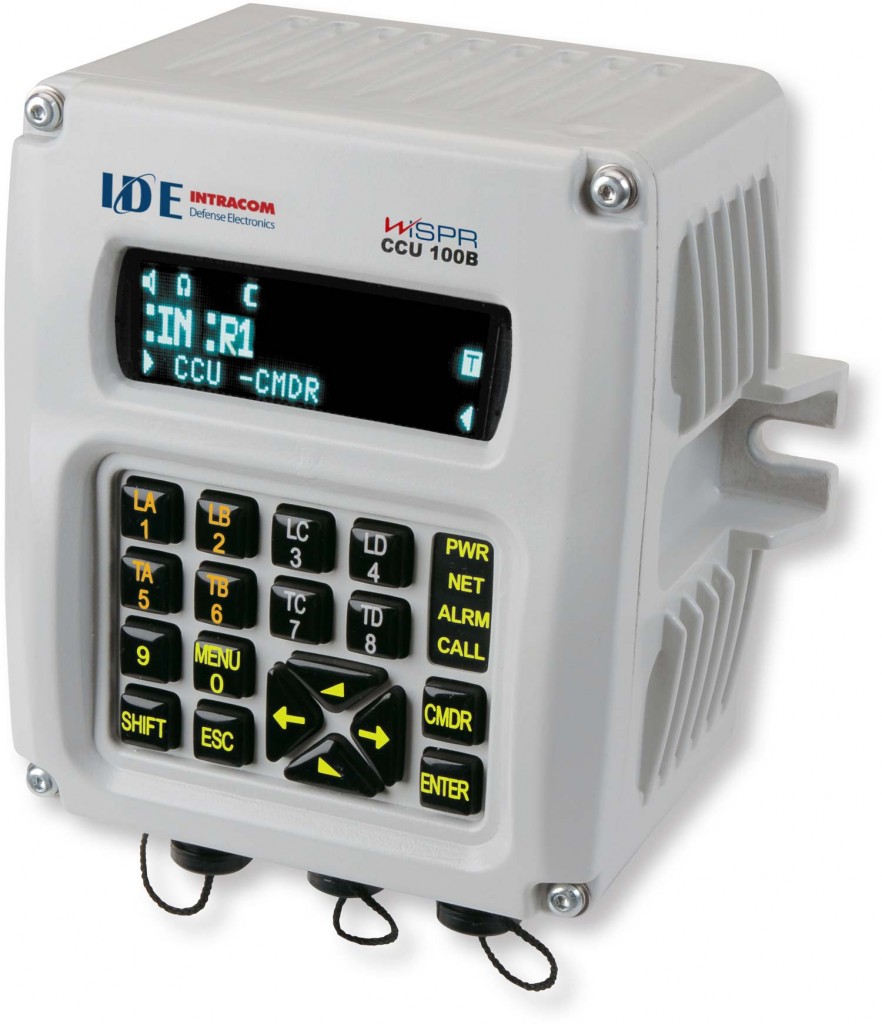
WiSPR (Wideband Intercom & Secure Packet Radio) is a state-of-the-art, fully programmable digital vehicle intercom system that incorporates a new philosophy in vehicle and inter-vehicle communication. The system forms a homogenous, robust, reliable and fully scalable voice and data communications platform, offering toll-quality voice for inter-vehicular communications, data information exchange services over standard physical interfaces as well as flexible control of external communications with interfaces to external tactical and public networks
The WISPR architecture requires no central unit and introduces an innovative decentralization mechanism of both control and switching operations, increasing system availability.
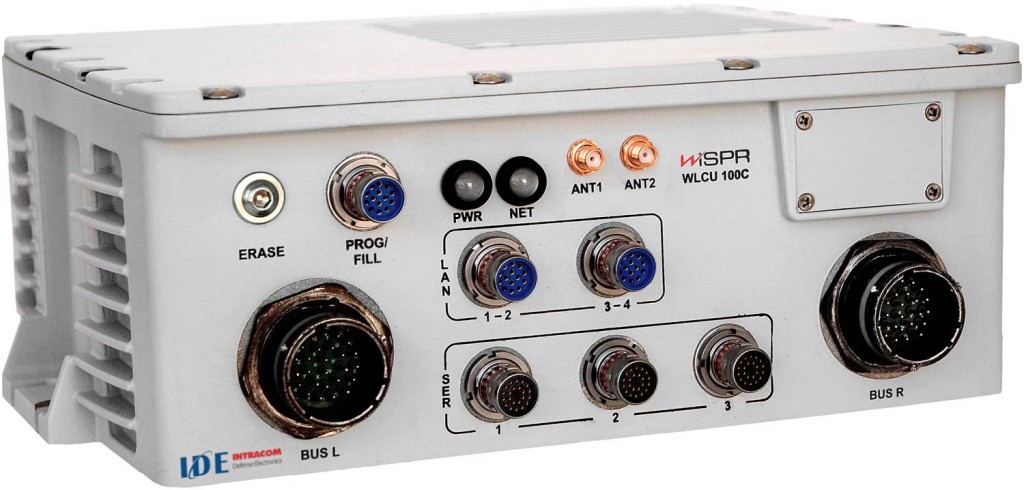
The embedded, leading-edge DNR (Dynamic Noise Reduction), assures crystal clear audio in extremely noisy environments and guarantees the highest speech intelligibility, ensuring enhanced crew-member performance under extended combat conditions. The WISPR novelties include the system’s inherent secure WLAN (Wireless Local Area Network) together with autonomous portable units for personnel outside vehicles, providing high-speed wireless data and voice communications between vehicles and the dismounted soldiers.
Extensive system interfacing capability allows for WISPR to provide vehicle and field telephone connections, Voice over IP (VoIP) communications, access to public telephone lines (PSTN) for voice/data connectivity and integration with a wide range of data terminals, Battle Management Systems, Tactical Radios, Local Area Networks, sensors, as well as audio and video ancillaries.
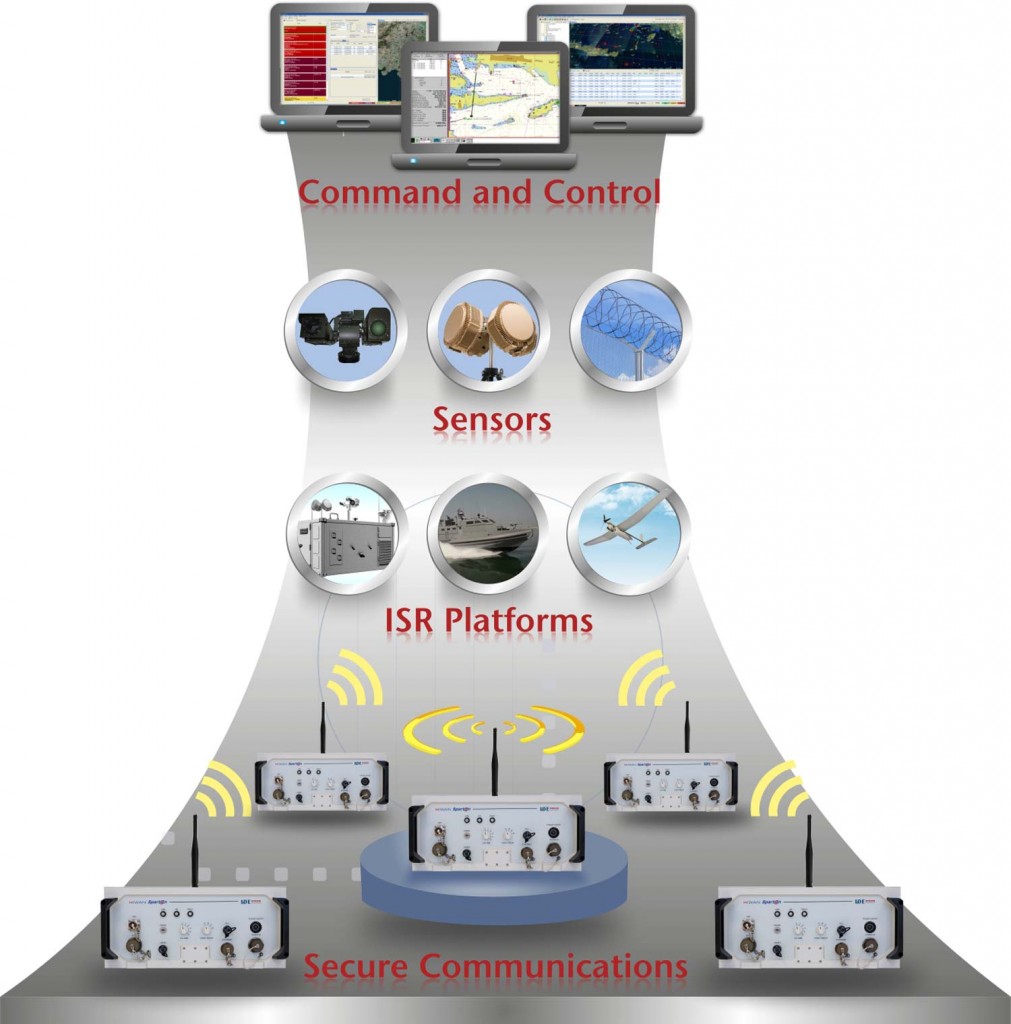
iDEFENDER is an integrated “turn-key” solution for optimized surveillance and Critical Infrastructure Protection addressing the management and mitigation of physical security threats. Its openness can easily embody diversified user requirements.
iDEFENDER is a flexible and scalable C2 platform with incremental expansion capability. Several sensor technologies are integrated to detect, recognize, track and classify multiple moving threats from different areas of interest in the land and sea. Every sensor output is connected in the iDEFENDER platform and every threat becomes geo-referenced with its precise geographical coordinates. iDEFENDER incorporates the state-of-the-art in Command and Control technology and its main features are:
- Integrated turn-key solution
- Threat detection on land and sea surface
- Early warning and notification, situational awareness, incident response and incident recovery
- Detection of personnel, light vehicles, small boats and low flying platforms at short, medium and long ranges
- Automatic threat classification without user intervention
- Optimized sensor deployment based on End User custom requirements
- High performance wide area surveillance for day and night reconnaissance operations
- Modular design and ease of integration with different detection sensor technologies
- Upgradeable and customizable based on user needs with minimal effort
BRITISH MoD : 2017 IS THE YEAR OF THE ROYAL NAVY
Sourced Naval Today The British Ministry of Defence said that 2017 is set to be the year of the Royal Navy as it prepares to welcome new ships to the fleet. “We are investing billions in growing the Royal Navy for the first time in a generation with new aircraft carriers, submarines, frigates, patrol vessels… Continue reading BRITISH MoD : 2017 IS THE YEAR OF THE ROYAL NAVY
ISRAEL NOT TO HAVE INDEPENDENT CYBER COMMAND DEPARTMENT
Sourced : Defence World By Vishwanath Patil Israeli Army has decided not to have a separate cyber command department but will instead strengthen it with new cyber intelligence processing doctrine. The cyber counter-intelligence domain will be transferred to the Israeli Defense Forces’ (IDF) telecommunications division. The gathering of any other cyber-intelligence will remain the responsibility… Continue reading ISRAEL NOT TO HAVE INDEPENDENT CYBER COMMAND DEPARTMENT
OSPREY – FIRST OF A NEW GENERATION OF LIGHTWEIGHT PERSISTENT MARITIME SURVEILLANCE SAR ARRAY RADAR
By : Chris Lavers The recent launch of Osprey E-Scan (Leonardo-Finmeccanica), the world’s first commercially available lightweight airborne surveillance phased array radar able to provide a persistent 360 degree field of view without moving parts, is set to revolutionize maritime operations. But what are the benefits of SAR and specifically Osprey to military and civilian… Continue reading OSPREY – FIRST OF A NEW GENERATION OF LIGHTWEIGHT PERSISTENT MARITIME SURVEILLANCE SAR ARRAY RADAR




